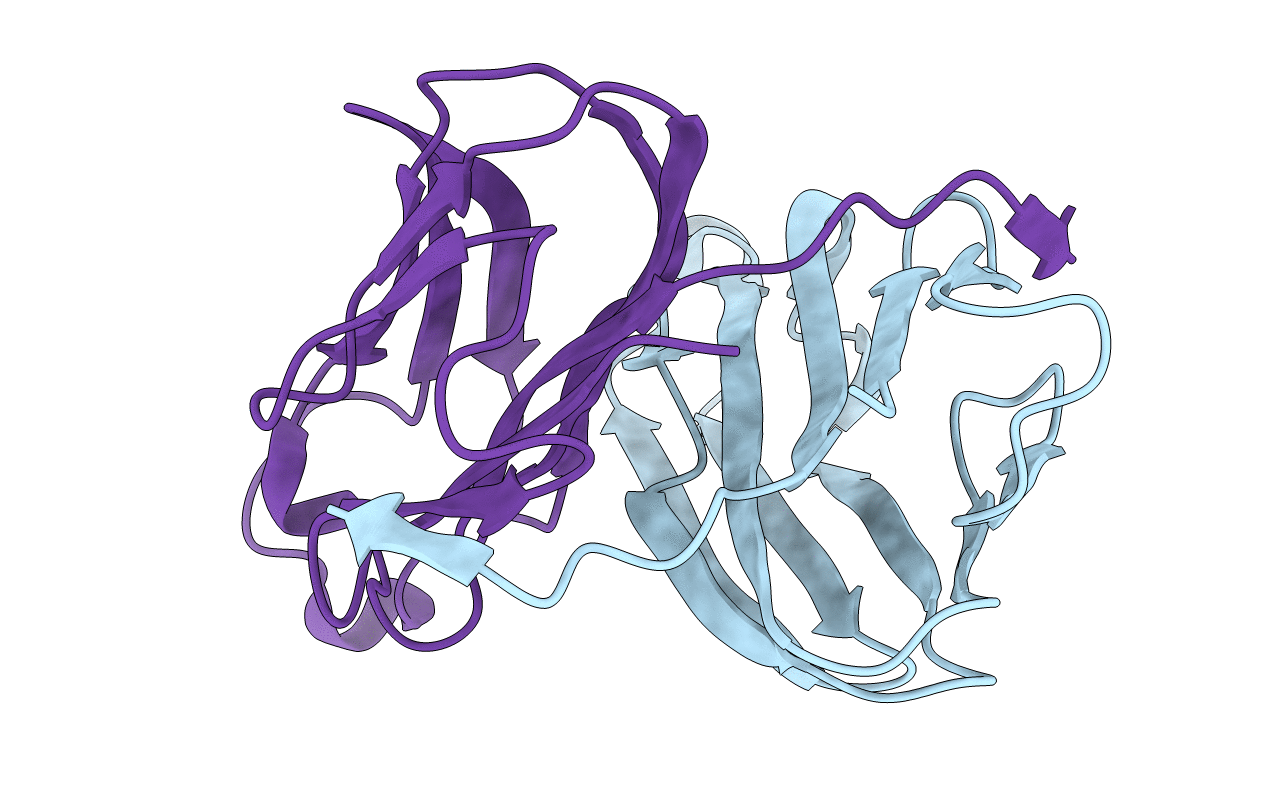
Deposition Date
2007-06-21
Release Date
2008-01-01
Last Version Date
2024-11-13
Method Details:
Experimental Method:
Resolution:
2.09 Å
R-Value Free:
0.22
R-Value Work:
0.17
R-Value Observed:
0.17
Space Group:
P 21 21 21


